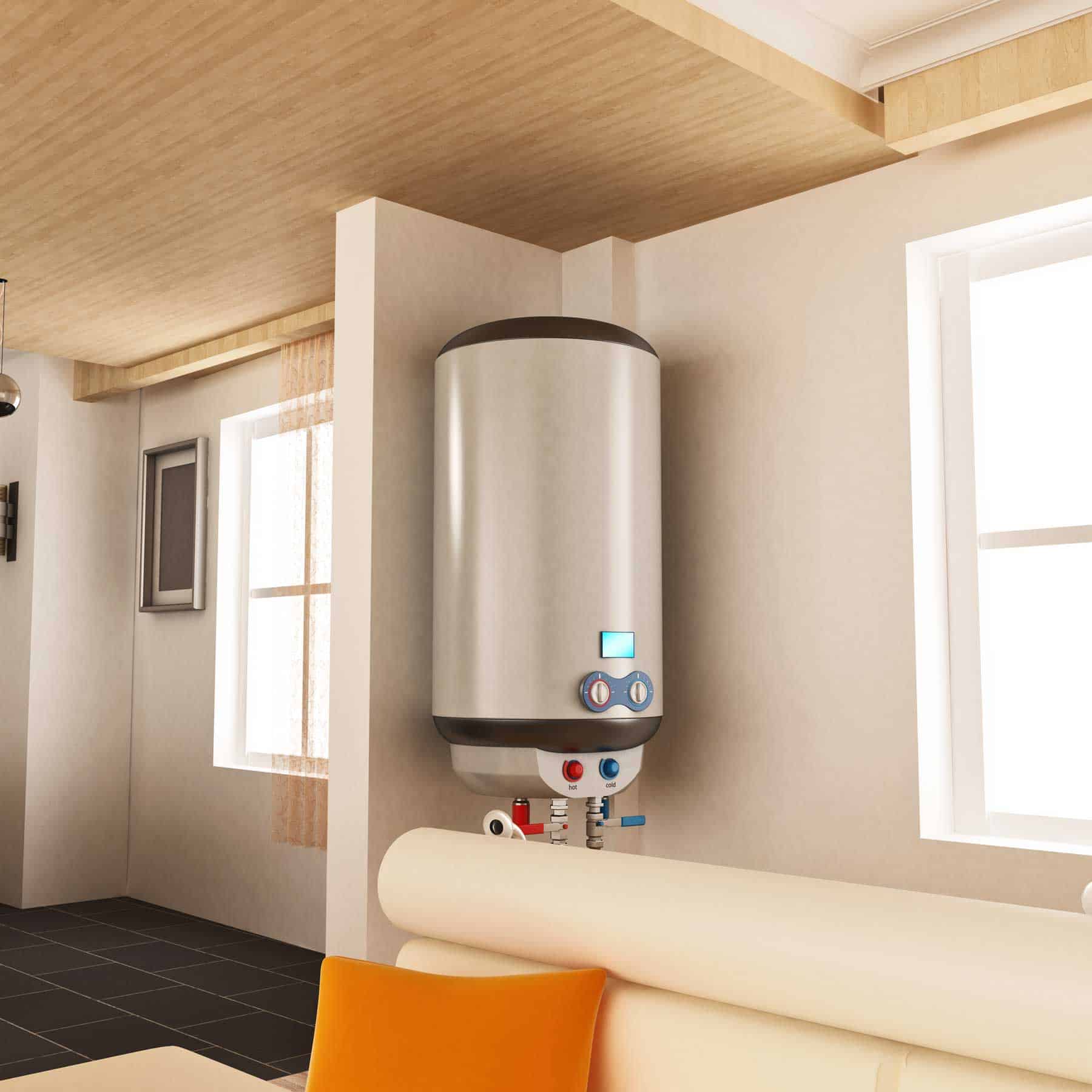How to Keep Your Home's Hot Water System Functioning Well
How to Keep Your Home's Hot Water System Functioning Well
Blog Article
Do you find yourself hunting for info on Tips For Maintaining Your Hot Water Heater?

Hot water is vital for daily comfort, whether it's for a refreshing shower or cleaning meals. To guarantee your warm water system runs effectively and lasts longer, normal maintenance is key. This short article offers useful pointers and understandings on just how to maintain your home's hot water system to stay clear of disruptions and pricey fixings.
Introduction
Maintaining your home's hot water system might appear difficult, yet with a few straightforward actions, you can guarantee it runs efficiently for years ahead. This overview covers everything from understanding your warm water system to DIY maintenance pointers and understanding when to employ specialist help.
Importance of Preserving Your Warm Water System
Routine maintenance not just prolongs the lifespan of your hot water system however also ensures it runs efficiently. Disregarding maintenance can result in reduced efficiency, higher power costs, and even early failing of the system.
Signs Your Hot Water System Requirements Upkeep
Knowing when your hot water system requires focus can prevent significant problems. Watch out for indicators such as inconsistent water temperature level, strange sounds from the heating system, or rustic water.
Understanding Your Hot Water System
Prior to diving into maintenance jobs, it's useful to comprehend the standard parts of your warm water system. Generally, this includes the hot water heater itself, pipelines, anode poles, and temperature level controls.
Month-to-month Maintenance Tasks
Normal monthly checks can assist capture small issues prior to they escalate.
Flushing the Water Heater
Purging your water heater removes sediment accumulation, enhancing efficiency and prolonging its life.
Monitoring and Changing Anode Rods
Anode rods stop deterioration inside the container. Inspecting and changing them when broken is important.
Checking and Changing Temperature Level Setups
Readjusting the temperature level settings ensures ideal efficiency and safety and security.
DIY Tips for Maintenance
You can carry out several maintenance tasks yourself to keep your warm water system in leading problem.
Looking for Leaks
Routinely check pipes and connections for leaks, as these can cause water damages and greater expenses.
Testing Pressure Relief Valves
Testing the stress safety valve guarantees it works properly and stops extreme pressure buildup.
Insulating Pipelines
Shielding warm water pipes lowers warm loss and can save energy.
When to Call a Specialist
While do it yourself upkeep is helpful, some concerns call for expert competence.
Complicated Issues Requiring Specialist Assistance
Instances consist of major leaks, electric issues, or if your water heater is consistently underperforming.
Regular Specialist Upkeep Perks
Expert upkeep can consist of extensive evaluations, tune-ups, and ensuring conformity with security standards.
Verdict
Routine maintenance of your home's warm water system is vital for effectiveness, longevity, and expense savings. By adhering to these suggestions and recognizing when to seek professional aid, you can make sure a dependable supply of warm water without unexpected disturbances.
How to Maintain an Instant Hot Water Heater
Before tinkering with your hot water heater, make sure that it’s not powered on. You also have to turn off the main circuit breaker and shut off the main gas line to prevent accidents. Also turn off the water valves connected to your unit to prevent water from flowing into and out of the appliance. 2. When you’re done, you have to detach the purge valves’ caps. These look like the letter “T†and are situated on either side of the water valves. Doing so will release any pressure that has accumulated inside the valves while at the same time avoid hot water from shooting out and burning your skin. 3. When the purge valves’ caps are removed, you have to connect your hosing lines to the valves. Your unit should have come with three hoses but if it didn’t, you can purchase these things from any hardware or home repair shops. You can also get them from retail stores that sell water heating systems. Read the user’s manual and follow it to complete this task properly. When the hosing lines are connected, open the purge port’s valves. 4. You should never use harsh chemical cleaners or solutions when cleaning your unit. Make use of white vinegar instead. It should be undiluted and you’ll probably use about 2 gallons. 5. Now flush your water heater. This task should probably take about 40 minutes. We can’t give you specific directions for this because the procedure is carried out depending on the type, model and brand of your heater. With that being said, refer to the user’s manual. 6. When you’re done draining the unit, you have to turn off the purge port valves again. Remove the hosing lines that you earlier installed on each of the water valves. Put the valve caps (purge port) back in their respective places and be very careful so as not to damage the rubber discs that are found inside these caps. 7. Now that everything’s back in place, check your user’s manual again to find out how to reactivate your water heating system. 8. Once it is working, turn one of your hot water faucets on just to let air pass through the heater’s water supply pipes. Leave the tap on until water flows smoothly out of it. https://www.orrplumbing.com/blog/2014/september/how-to-maintain-an-instant-hot-water-heater/

I'm very interested by Tips on Maintaining a Water Heater and I'm hoping you enjoyed reading my page. Enjoyed our posting? Please share it. Let somebody else check it out. We love reading our article about What Kind of Maintenance Do Water Heaters Need?.
Get A Free Estimate Report this page